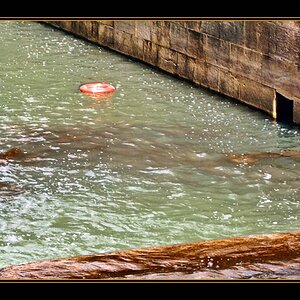sothoth
TPF Noob!
- Joined
- Jul 6, 2006
- Messages
- 250
- Reaction score
- 0
I agree with the second statement but I don't know about the first.Still, it is not THAT easy to damage your sensor ... the problem is just IF you manage, then you are in real trouble
I just think it would cost Canon/Nikon/whoever about $10 extra to make this more robust by sealing the sensor and so far no one has convinced me that there is any technical challenge to this other than they just don't want to do it.
The vibrating sensor is kind of a joke, since this only eliminates dry particles loosely stuck to the sensor. Canon admits the vibration won't remove things that are attached due to moisture (which aids in adhesion) or a strong static attraction, or larger particles, like hair.
While I appreciate the suggestions for cleaning and lens changes, that's not really the point, and I doubt I have any more trouble with that than the next guy. I just think you're better off never getting stuff on there, and if you do, never having to touch your sensor to remove it. And I don't see why they're willing to add a sonic vibrator to a camera but not address the real problem, which is keep stuff off your sensor to begin with. No one wants to address the pink elephant standing in the room. I do see why, a sonic vibrator sounds cooler and sexier than a sealed sensor and they can charge more for the camera with it on there, AND they can charge you more to fix the sensor if there's an issue. But... I don't think it fixes the problem very well.
That sonic vibrator isn't even strong enough to get you off, even if you sat on it, so what's the point.
It seems like a better business model to encourage people to buy new dSLR's regularly because they improve the design, not gouge you for making an inferior product to begin with. Let's see... could that be similar to why Japanese cars are overtaking American ones in the US?? Japanese cars are built to last, American car companies sell cars with heated cup holders, and illuminated cup holders. WTF!!!











